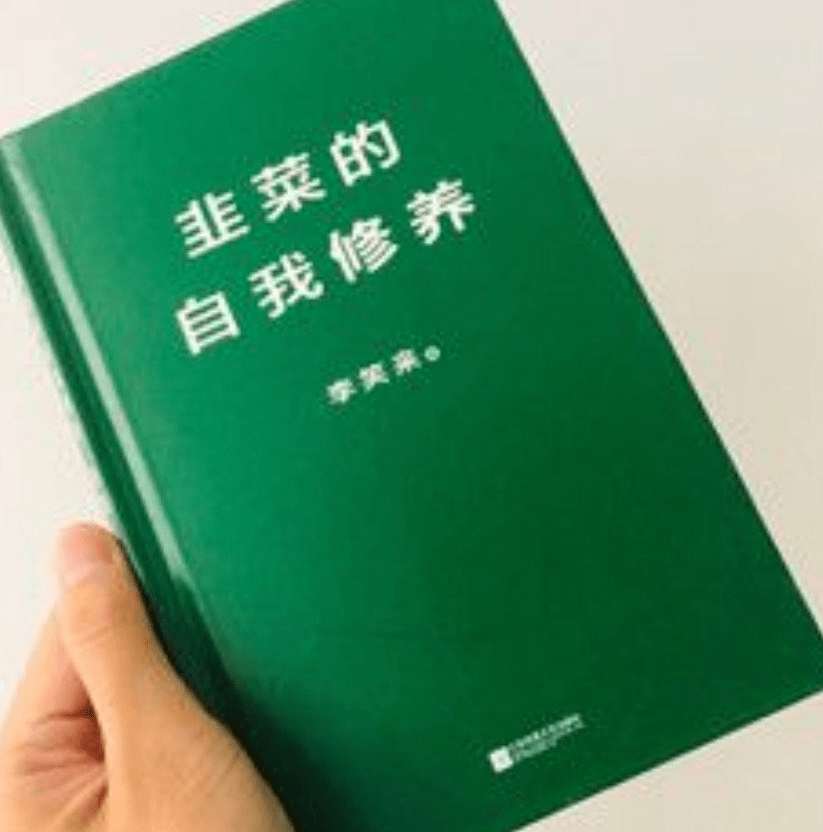An increasing number of projects are turning their attention to Kaito, an AI-driven platform, after completing their Token Generation Event (TGE) in hopes of enhancing their 'mindshare.' For content creators, Kaito offers an opportunity to earn rewards through high-quality content. However, what impact do these marketing activities conducted through Kaito have on the projects themselves? How does the market respond?
1. What is Kaito and its mindshare? Kaito is an AI technology-based Web3 information platform focused on enhancing project visibility and influence in the cryptocurrency community by analyzing diverse data sources such as social media, forums, and podcasts. Mindshare is one of Kaito's core metrics, measuring a project's attention and discussion heat among its target audience. Unlike traditional market share, mindshare emphasizes brand recognition and influence in the community, which is often a crucial driving force for attracting investors, developers, and users in the Web3 world. For post-TGE projects, market performance after token issuance depends not only on technical strength or token economic models but also closely relates to the project's ability to continuously attract community attention. Kaito encourages creators to produce high-quality content through its unique 'Yaps' points system and ranking mechanism, leading to more genuine and meaningful discussions for projects.
2. The impact of Kaito on post-TGE projects According to the latest market analysis, Kaito's marketing activities can significantly enhance a project's short-term mindshare. For example, some projects achieved a 5-14 times increase in mindshare in a short period by collaborating with Kaito. This growth is usually manifested in a surge of discussions on social media, participation from key opinion leaders (KOLs), and increased community activity. However, can this growth translate into long-term value for the project?
We need to analyze from the following dimensions:
(1) Short-term exposure and community activity Kaito's ranking mechanism quickly attracted a large number of users to participate in project-related discussions by rewarding high-quality content creators. For instance, after launching an activity on the Kaito platform, a certain project saw a 7.4-fold increase in mentions on X (formerly Twitter) within 24 hours. This 'viral' spread effect brought significant short-term exposure to the project, especially in the early stages of token listing, effectively attracting market attention.
(2) Long-term value and fundamental improvements Although Kaito's activities can significantly enhance mindshare, research shows that these activities have limited effects on improving the project's fundamentals (such as user growth, on-chain transaction volume, or token price). Many projects see a gradual decline in community enthusiasm after the activities end, failing to convert into sustained ecological growth. This indicates that merely relying on mindshare enhancement may not be sufficient to support the long-term development of the project; project teams still need to continue investing in product development, ecological construction, and user experience.
(3) Cost-benefit trade-off Participating in Kaito's activities is not without costs. Market observations indicate that some projects paid as much as $150,000 to gain Kaito's collaborative support. These costs were used to incentivize content creators, improve rankings, and obtain data analysis support from the platform. However, for some small to medium-sized projects with limited funds, such high costs may lead to dilution of token holders, causing community dissatisfaction. Therefore, project teams need to carefully evaluate the return on investment when choosing Kaito as a marketing tool.
3. Market response to Kaito's activities The market response to Kaito's activities is polarized. On one hand, investors and community members generally welcome the high visibility of projects, believing it helps enhance token liquidity and market awareness. For example, a certain project successfully attracted a large number of new users through a joint marketing campaign with Kaito, leading to a 30% increase in its token price during the activity. On the other hand, the market has also raised questions about the sustainability of Kaito's activities. Some analysts point out that Kaito's ranking mechanism may incentivize the production of low-quality content or 'fake traffic,' thus undermining the authenticity of mindshare. Additionally, relying too heavily on external platforms like Kaito for community building may lead to difficulties in maintaining enthusiasm after losing platform support.
4. How to utilize Kaito more effectively? For post-TGE projects looking to enhance their influence through Kaito, the following suggestions may help achieve better results:
Focus on high-quality content: Instead of pursuing short-term exposure, it is better to encourage creators to produce in-depth technical analyses, project progress updates, or user case sharing. Such content is more likely to attract audiences genuinely interested in the project.
Combine on-chain activities: Integrate Kaito's marketing activities with on-chain incentives (such as staking or governance participation) to guide community users from 'discussion' to 'usage,' thereby increasing the project's actual adoption rate.
Transparency in costs and benefits: Publicly disclose the budget and expected goals of Kaito activities to the community, enhance transparency, and avoid trust crises caused by token dilution.
Long-term strategic planning: Treat Kaito as part of brand building, rather than a one-time marketing tool. Through continuous content output and community interaction, gradually establish the project's long-term mindshare.
5. Kaito provides a powerful tool for post-TGE projects, helping them stand out in the competitive Web3 market through AI-driven analysis and community incentive mechanisms. However, simply relying on Kaito's marketing activities does not guarantee the project's long-term success. Enhancing mindshare needs to be combined with technological innovation, ecological development, and community trust to truly translate into market value. For project teams, Kaito represents both an opportunity and a challenge. Properly leveraging its data insights and community incentive features can inject new vitality into the project; however, overly relying on short-term exposure may yield diminishing returns. In the future, with continuous optimization of the Kaito platform and a deeper understanding of mindshare in the market, we look forward to seeing more projects achieve sustainable growth through this tool.
If you are interested in Kaito's operating mechanism or its specific cases for cryptocurrency projects, feel free to leave a message for discussion! Let's explore new ways of attention economy in the Web3 world together!

